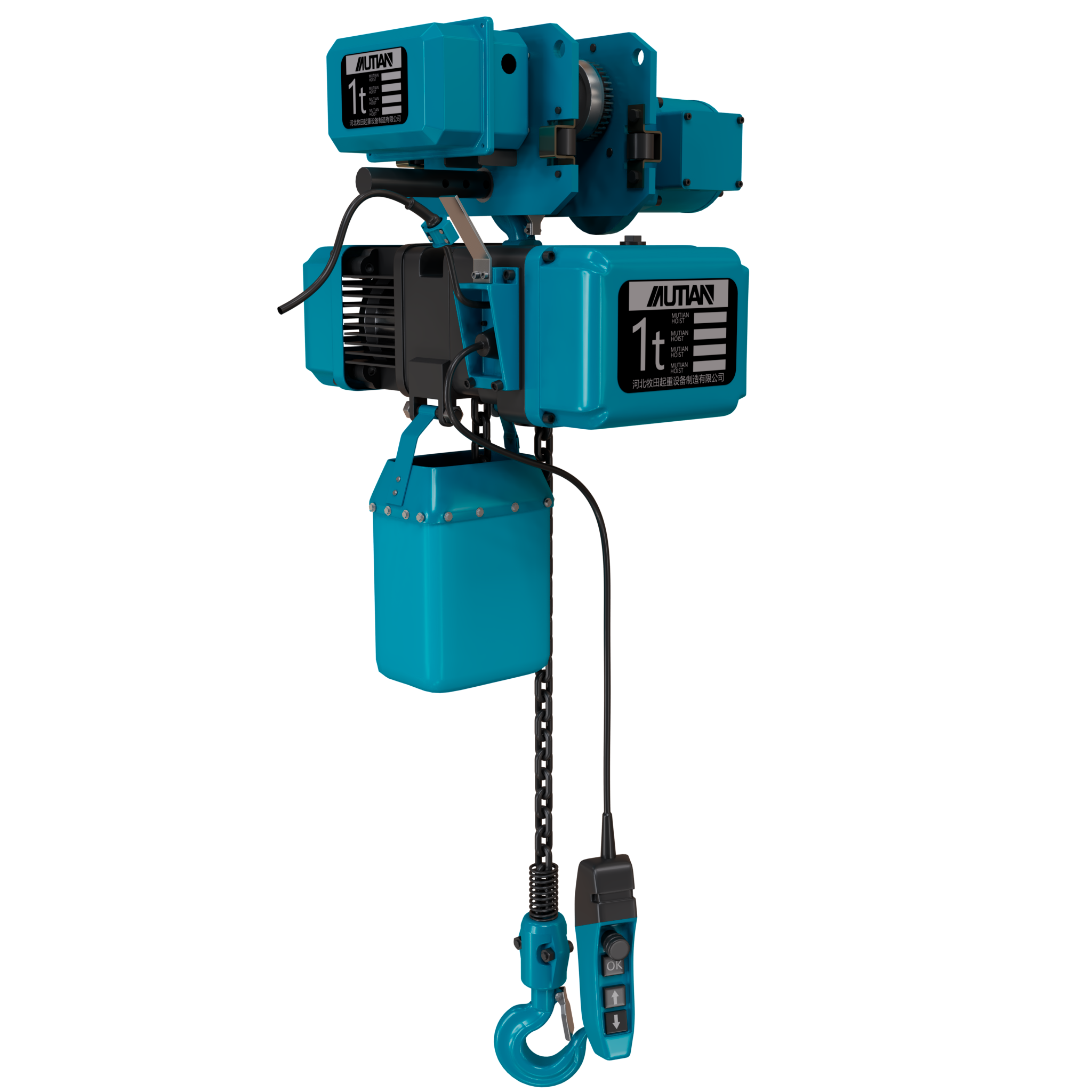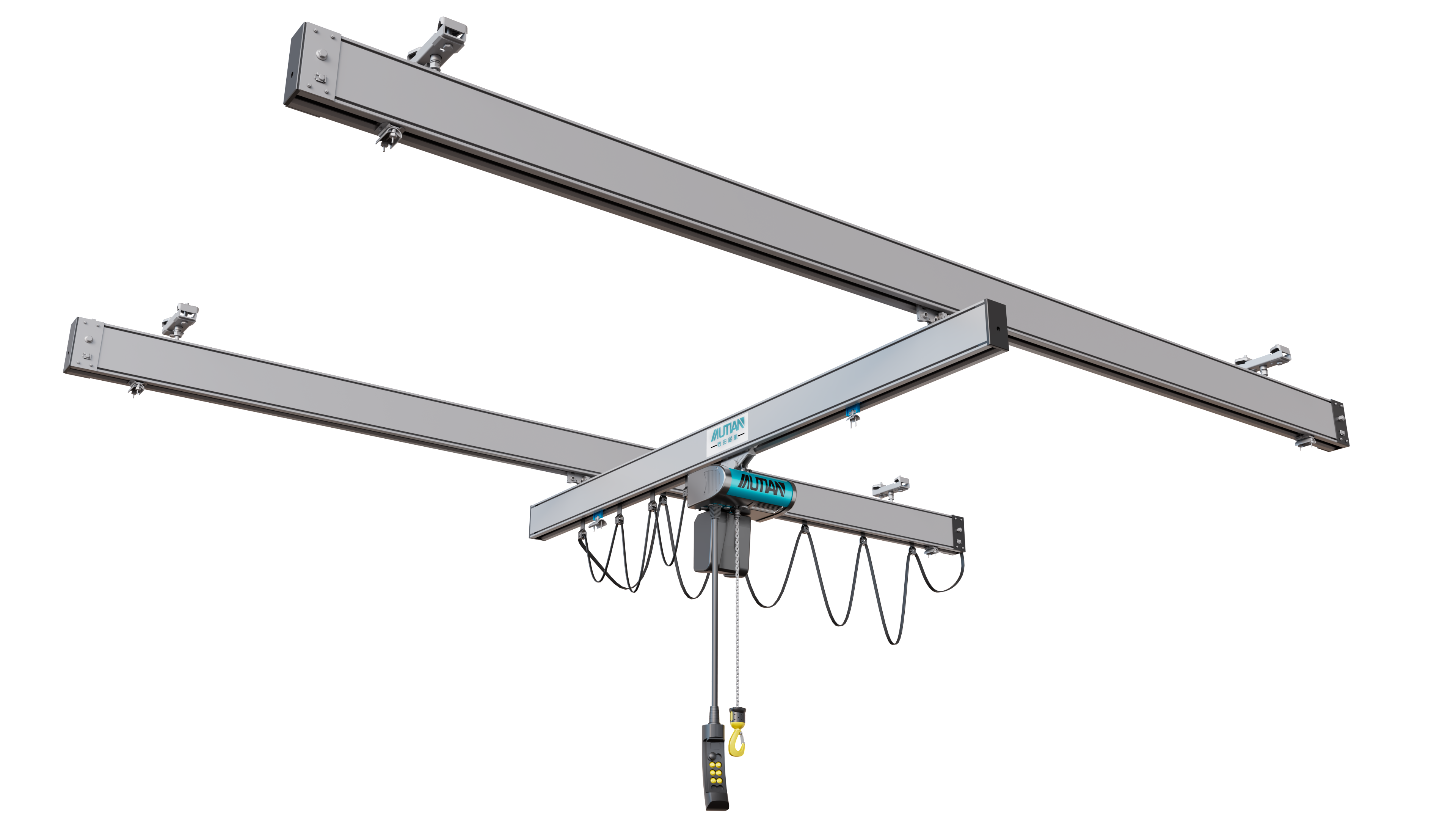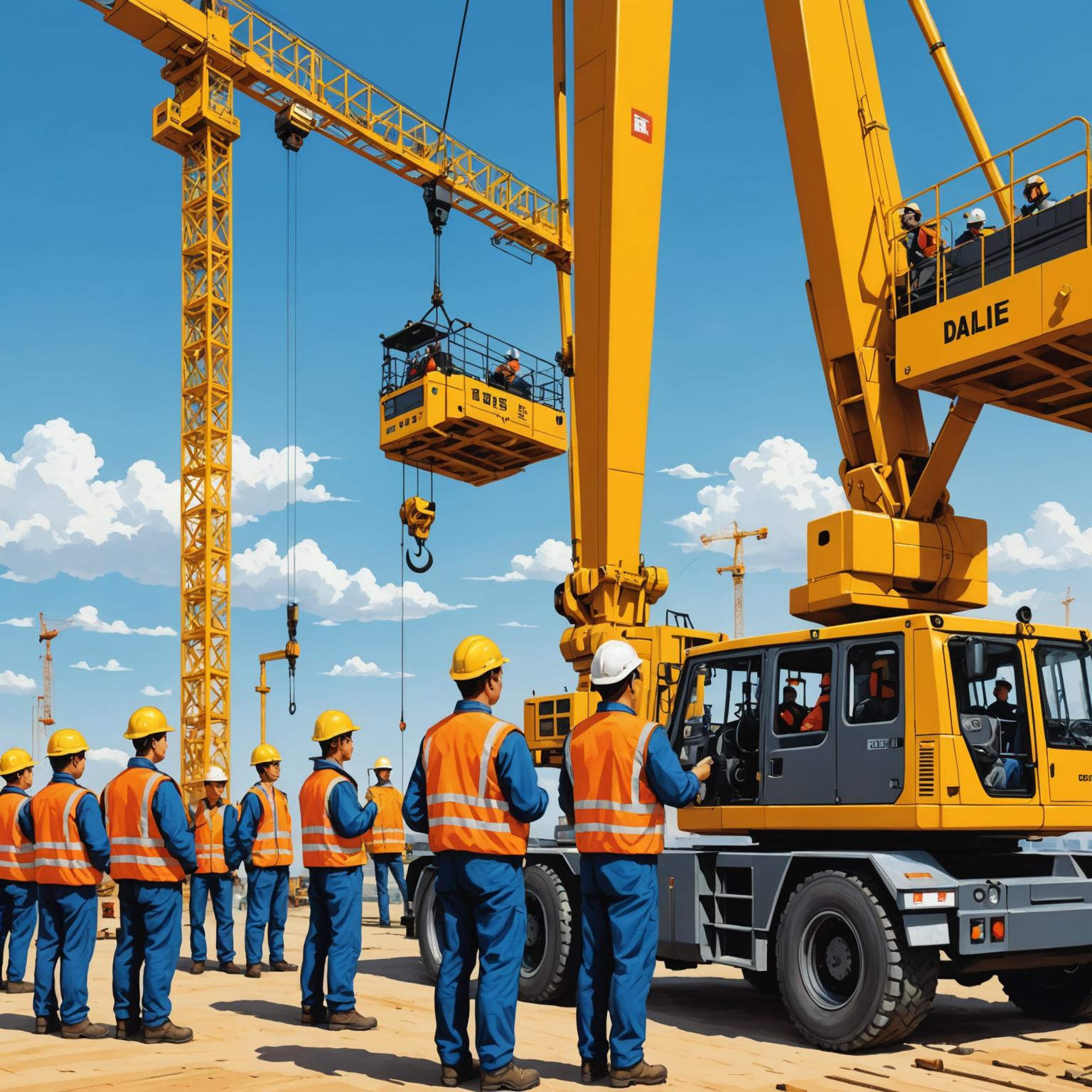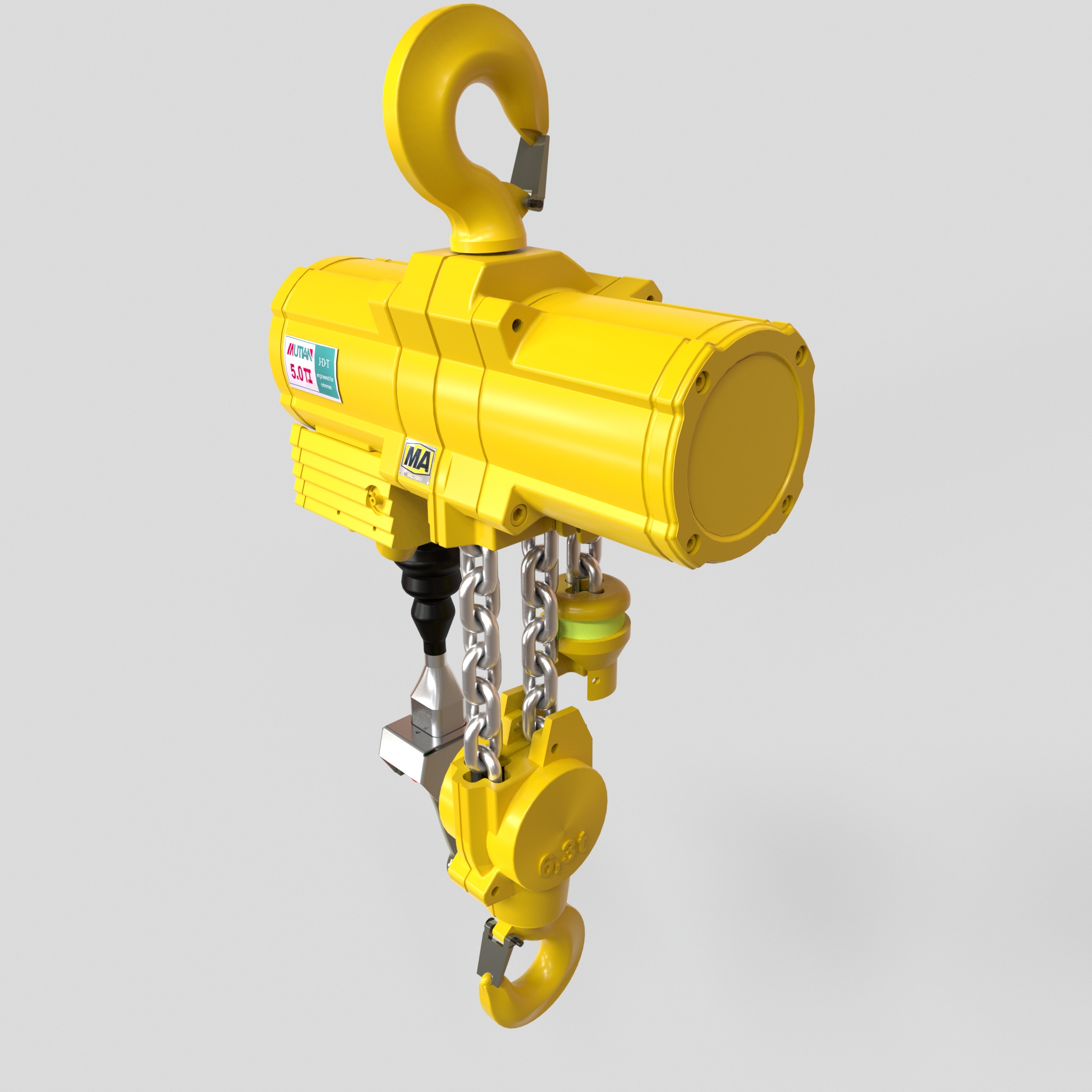Use crane inspection list to ensure safety in lifting equipment
In any industry utilizing heavy machinery, from bustling construction sites to streamlined warehouses, prioritizing lifting equipment safety is non-negotiable. It is the very foundation of a productive, secure, and humane work environment, serving as the primary defense against catastrophic accidents, equipment damage, and serious injuries. A single lapse in safety protocols can lead to devastating consequences, making a proactive and comprehensive approach essential for every operation. Adhering to strict safety standards not only protects workers but also enhances operational efficiency and a company's reputation.
Foundational Principles of Lifting Equipment Safety
A robust safety culture begins with understanding and implementing the core principles of operating heavy lifting machinery. The first line of defense is comprehensive and ongoing operator training, which ensures that every person in charge of a crane or hoist fully understands its capabilities, limitations, and emergency procedures. This crucial education must be complemented by rigorous pre-use inspections. Before any shift begins, all equipment must be thoroughly checked for signs of wear and tear, potential hydraulic leaks, frayed cables, and the proper functioning of all safety mechanisms. Furthermore, respecting the manufacturer's specified load capacity is critical; overloading is a primary and entirely preventable cause of equipment failure and accidents. Clear and consistent communication protocols, whether through standardized hand signals or radio communication, are also vital to coordinate movements and maintain a safe operational zone, especially on complex job sites with multiple team members.
How Modern Technology Helps to Improve Safety Standards
Fortunately, leading manufacturers are continuously innovating to improve safety standards through advanced engineering and smart technology. Modern machines are increasingly equipped with features designed to mitigate human error and withstand challenging operational conditions. For example, the DALIE Precision Construction Crane showcases this with its inventive dual-operator cab system, which allows one operator to manage aerial adjustments with precision while another focuses on ground-level stability and safety. Its advanced load stabilization technology actively minimizes load sway, a critical feature for ensuring safety during high-rise construction or in windy conditions. This dedication to safety-first engineering represents a significant leap forward in making worksites more secure.
Advanced Features in Hoists and Cranes
This commitment to operator protection and stability is a key component of modern lifting equipment safety. The innovation extends across all types of lifting gear, including smaller-scale equipment. The Future 5.0T Electric Chain Hoist, for instance, integrates multiple critical safety features, such as a heavy-duty swivel hook complete with a safety latch and, most importantly, built-in overload protection to prevent dangerous lifting scenarios before they can occur. Its precision control pendant allows for careful and accurate load positioning, reducing the risk of collisions or damage. Similarly, the MUTAN 1-Ton Electric Chain Hoist emphasizes user safety with its high-tensile steel hook, a protective housing for all internal components, and an intuitive remote control that allows for precise operation from a safe distance. These advancements provide companies with tools that are inherently safer and more reliable to use.
Creating Your Own Safety Guide for Lifting Equipment
While technologically advanced equipment provides a major advantage, it must be supported by clear, documented, and enforced procedures. Developing a comprehensive Safety Guide for Lifting Equipment is a critical step for any organization looking to formalize its commitment to safety. This guide should be a dynamic document, tailored specifically to the equipment and tasks performed at your worksite. It should outline step-by-step instructions for pre-use checks, proper rigging techniques, universal communication signals, and clear emergency response plans. To truly improve safety standards, regular training sessions and drills based on this guide are necessary to ensure all team members are aligned, knowledgeable, and prepared. A documented maintenance schedule is another key component, ensuring that equipment is professionally serviced to prevent mechanical failures.
A Commitment to a Safer Workplace
Ultimately, achieving the highest level of lifting equipment safety is a multifaceted commitment that blends human diligence with technological excellence. It involves investing in advanced equipment, like the DALIE, Future, and MUTAN models, which have safety features built directly into their designs. It also demands fostering a culture of vigilance through comprehensive training and the consistent implementation of a detailed Safety Guide for Lifting Equipment. By combining the best of machinery with the best of human practices, companies can create a work environment where efficiency and safety go hand in hand, protecting their most valuable asset: their people.





